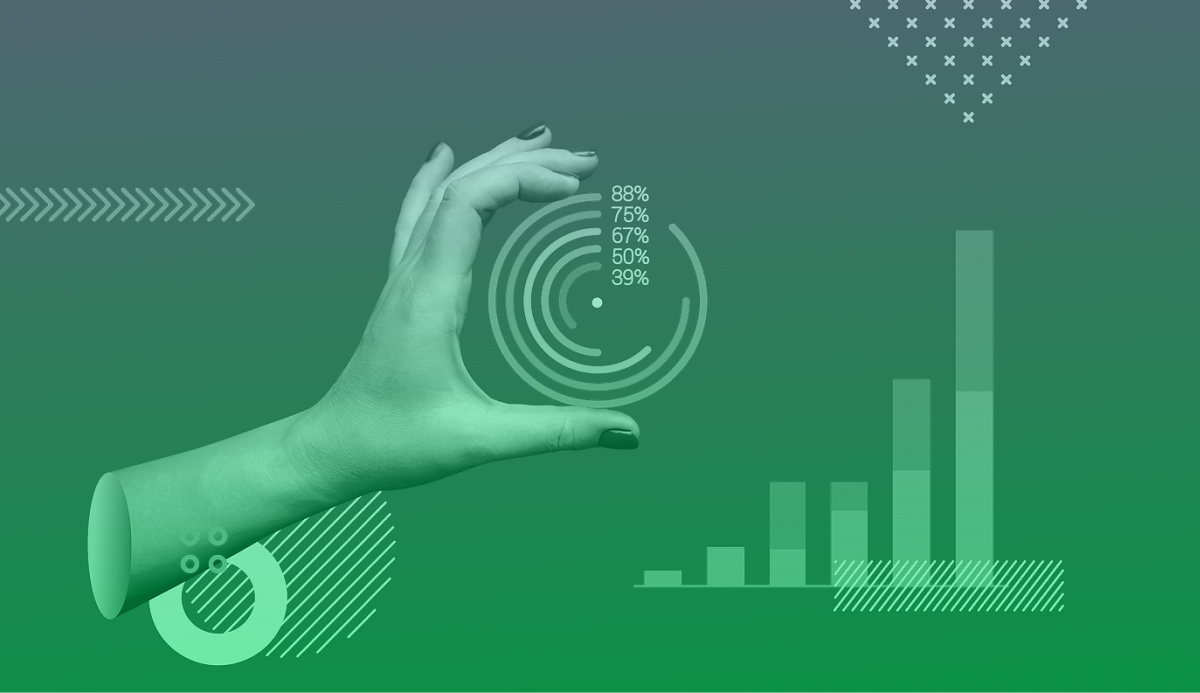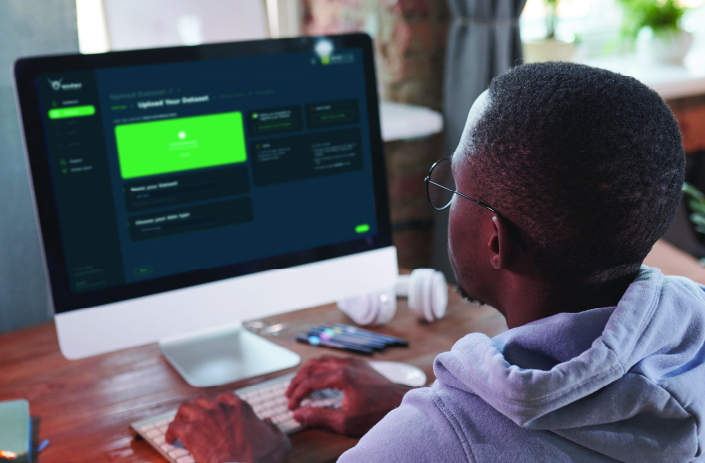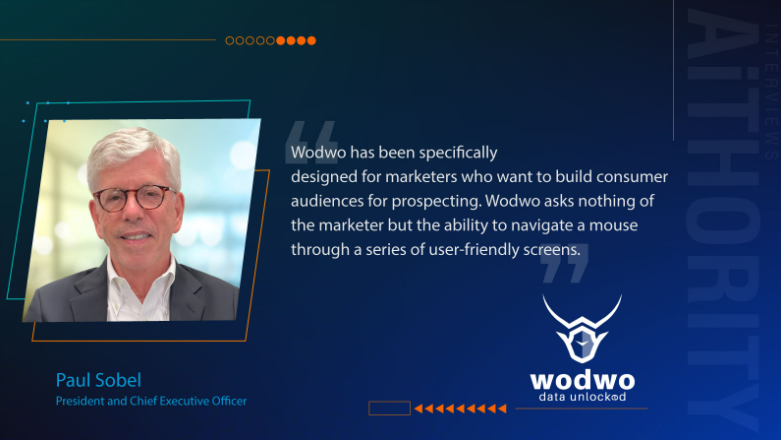
“Marketing is not a function. It is the whole business seen from the customer’s point of view.” – Peter Drucker
Many marketers believe that their job is to convince when, actually, it’s to understand. They think that what they have to offer is a product or a service when experts say that what they’re really selling is a solution. In order to succeed, every marketer needs to answer some basic questions:
- What problem does your customer need to solve?
- How often does it occur?
- How severe is it?
- And, most importantly, who is experiencing this pain?
The better you are at understanding your target audience, the more successful you can be at building a receptive, cost-effective target audience for your marketing campaigns. You can accomplish this goal through audience modeling.
What is audience modeling?
Audience modeling is the data-driven process of mining databases to create attribute-matched leads for targeted marketing campaigns. This approach has been trusted for decades to generate highly-qualified audiences that maximize revenue.
Joe Godfrey, an expert data scientist from Dataline, a leading provider of consumer marketing information, says, “Modeling is fundamentally about understanding your customer and taking advantage of the rich information about those customers to create a model that says ‘This is what the customer looks like in the full richness of the information available.’”
This process to mine rich customer data and to create statistically significant models takes data scientists days or even weeks to complete. Plus, depending on what type of model needs to be built, there may be additional steps required before marketers can use the output.
What types of audience models exist?
From analyzing existing customers to comparing customers against third-party data sets, audience modeling can be applied in a variety of ways. Here are some of the most common applications you may encounter:
- Look-alike Audience Modeling: A look-alike model provides you with an audience of potential new customers that “look” just like your existing customers. To create a look-alike audience model, you will need a sample of your customers along with access to a third-party database. Ideally, the database will contain information on the demographics, psychographics and buying habits of your existing customers. The resulting model is designed to provide you with a new audience of likely prospects.
- Reactivation Modeling: A reactivation model is designed to reactivate dormant customers — that is, customers who have stopped purchasing your products or services. Inactive customers receive a score which indicates their likelihood to respond to your new offers and are then sorted into deciles (consisting of ten groups) or demi-deciles (consisting of twenty groups). Marketers generally remove the lowest performing deciles and/or demi-deciles when messaging to their pool of reactivated customers.
- Response Modeling: Response modeling is based on the results of your most recent campaigns. Individuals who have responded to your latest offers are now used to build audiences that share the same characteristics as your newly-acquired customers. Response modeling places an emphasis on finding similarities to your recent customers whereas look-alike audience modeling looks at the broad contours of your customers.
- Uplift Modeling: An uplift model predicts prospects who are most likely to respond to a solicitation, e.g., a direct mail campaign, but who would not otherwise respond. Uplift modeling focuses on individuals who only respond to a solicitation (persuadables), rather than those who would: respond anyway (sure things), not otherwise respond (lost causes), or be discouraged by receiving a solicitation (do not disturbs). An uplift model can be trained using a variety of statistical methods; it is distinguished from other model types by how the training data are used.
Advantages to Audience Modeling:
Since the advent of direct mail decades ago, audience modeling has repeatedly proven itself to be a reliable means of identifying new leads in hopes of selling more products or services.
Traditional audience modeling offers many advantages:
- The audience attributes selected can be as customized and as detailed as your first-party and purchased data sets allow.
- You can tap into all key types of audience data – demographic, psychographic, firmographic, and buyer data.
- Marketers can provide key input as the audiences are being built.
- You can view the output from the audience models.
- The newly created audience can be as targeted or as broad as you want it to be.
- The output is platform-agnostic and can be used in any digital channel or offline marketing.
Even as audience modeling has become the gold standard of lead generation, the constraints created by its high cost and long lead time have left many marketers searching for alternatives.
What’s new in the field of audience modeling?
The biggest innovation in audience modeling today is the application of artificial intelligence (AI) to data modeling. Using AI streamlines the modeling process, giving marketers access to new audiences quickly and cost effectively. What took days and weeks is now done in minutes.
Leading the way is Wodwo, an AI-powered audience modeling platform built specifically for marketers. Rather than waiting days or weeks to develop new audiences, Wodwo generates models in less than an hour and at a fraction of the cost.
Ready to improve your marketing campaigns? Learn more about Wodwo today!











